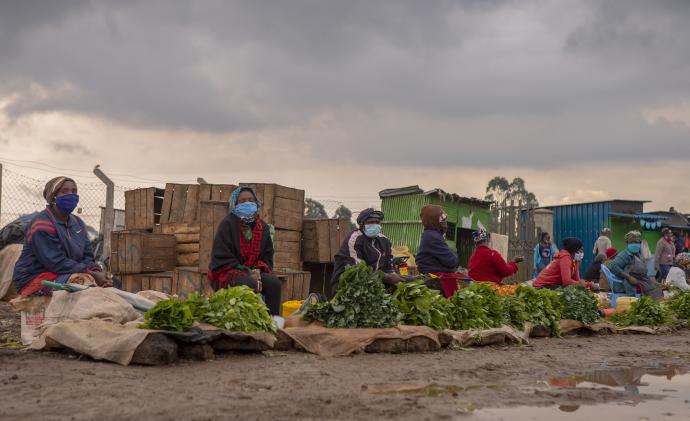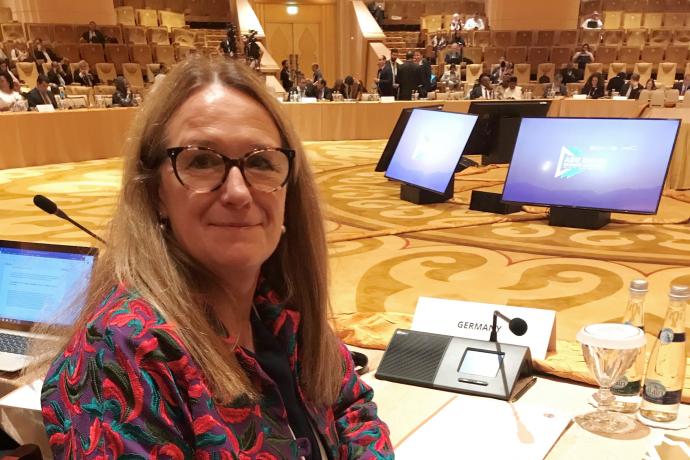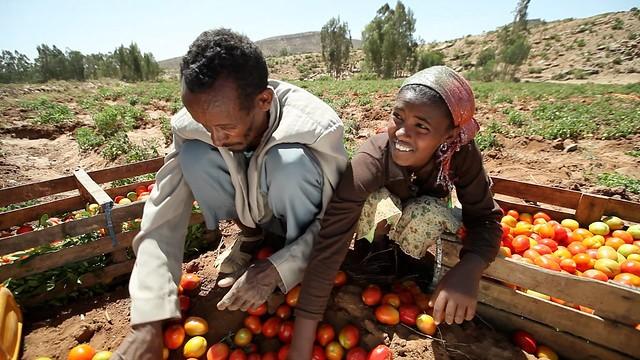07
Jul
Since our April blog, more field reports and anecdotal evidence have emerged to gain a more holistic picture of the COVID-19 impact on smallholder farmers. The spillover effects of this health crisis are unprecedented, spreading across all sectors with major damages to food systems, transportation, trade and tourism as well as altering businesses and daily lives around the world through control measures. In our work, we also see farmers suffering economic impact from business shutdown, movement constraints and supply chain disruption. For example, inputs/animal feed are not available or become






